
Gold Ore
Gold is found in gold ore or mixed in rocks or sand. Gold ore is often found with quartz or silica minerals. Gold is also found in alluvial deposits, or washed into streams or rivers.
There are two main types of gold ore: gold ore and gold metal ore. Gold ore is ore in which the gold has reached a purity of 75 - 95%. This type of ore has been melted from deep within the earth and pushed up by the movement of the earth's crust. The gold has a golden color like glitter or like a grain.
Huge gold deposits appeared during the formation of the earth when molten iron sank to the center of the earth, taking with it large quantities of precious metals.
Gold ore in Vietnam is usually polymetallic ore. The gold has not been melted yet so it is mixed with other metals such as copper, iron, silver... To exploit this type of gold ore, people have to use different gold separation methods, depending on the nature of each type of ore contaminated with gold.
It is estimated that there are about 250,000 tons of gold in the world . To date, only about 150,000 tons have been mined. The largest gold deposit in the world was found in Moliagul, Victoria, Australia in 1869 by John Deason and Richard Oates.
Although the exact date is unknown, it is estimated that gold ore was first discovered about 5,000 years ago. The first gold ore was mined in Egypt in the first or second century AD. Paintings left in Egypt show that gold mining went through several stages. Gold was washed in water, the lighter sand floated to the top while the heavier gold particles sank to the bottom. From 3,000 BC, gold rings were used as a medium of exchange. In addition to being used as money, gold was often used as decoration. Around 2,000 BC, the Greeks and Romans learned to mine gold from ores deep in the ground.
In Vietnam, the 14th century is considered the prosperous period of gold mining in Bong Mieu. The mining process continued until the 15th century and became prosperous under the Nguyen Dynasty... However, for the whole world to know and admire the reputation of "Bong Mieu gold", we must mention the years of "gold mining" by the French at this gold mine.
That was the period from 1890 to 1895 when the French “determined” to occupy and organize the opening of the Tam Ky - Bong Mieu road, and at the same time established a company specializing in gold mining called Bong Mieu Gold Company. By 1939, the French had “mined” 2,283 kg of gold from the Bong Mieu gold mine.
At the end of the war, the Bong Mieu gold mine was devastated and destroyed by bombs. After the complete liberation of the South, the Bong Mieu gold mine continued to be illegally exploited by the people. The peak of this "gold hunting" war was in the 70s, 80s, and 90s of the 20th century.
On April 6, 2006, Bong Mieu Gold Mining Company (a joint venture between Olympus Pacific Minerals Inc... (registered in Canada), Mineral Development Company (Ministry of Industry) and Quang Nam Mineral Industry Joint Stock Company officially came into operation after nearly 15 years of exploration and preparation. The total investment capital of this company is 40 million USD, with foreign capital accounting for 85%.
In 1993, the geological team of the Central Central Geological Federation assessed Phuoc Son as having very high gold reserves, Quang Nam as having the largest gold reserves in the country. The geological exploration forecast in Phuoc Thanh commune is over 14 tons, Phuoc Kim 7 tons, Phuoc Hiep 9 tons. Particularly in Phuoc Duc, where the Phuoc Son Gold Company mine is exploiting, the gold reserves were not disclosed but were assessed as one of the best gold mines in Asia. In addition, 13 other locations scattered in Quang Nam all have quite high gold reserves, distributed over 10,000km2. Previously, in 1980, the Vietnam Institute of Geology and Minerals surveyed and assessed the forecast reserves of more than 35 tons. Also according to this document, at Bong Mieu gold mine, the gold content is 3-5 grams/ton of ore, but at Phuoc Son, there is up to 13 grams of gold/ton of ore.
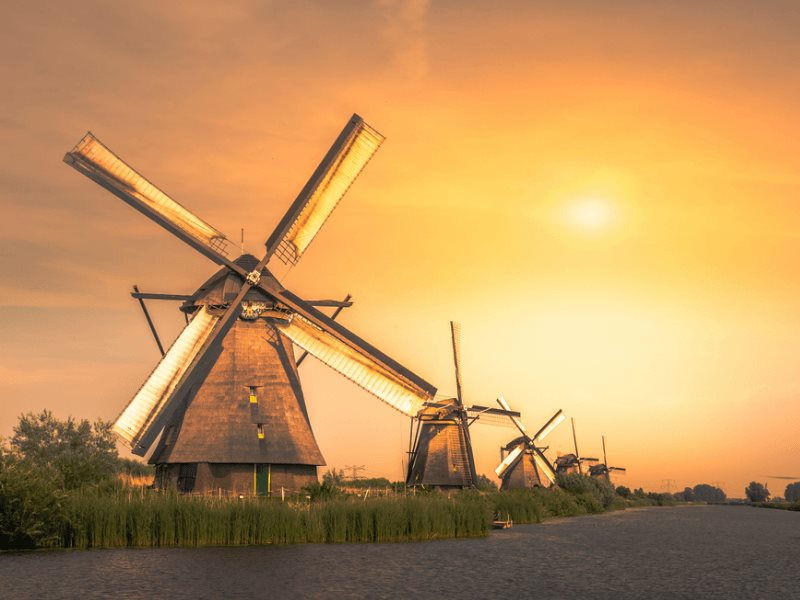
Windmill
A windmill is a small structure that converts wind power into energy to turn blades and thus grind or grind grain. Windmills are now also used to generate electricity or to run water pumps (for irrigation or drainage).
It is believed that the Babylonian Emperor Hammurabi planned to use windmills for his ambitious irrigation project as early as the 17th century BC.
Windmills were in use in Persia (modern-day Iran) as early as 200 BC. Heron's windmill in Alexandria marks one of the first known instances of a wind-powered machine in history. The Greek engineer Heron from the 1st century AD used a windmill to power a machine. Windmills were in operation in Tibet and elsewhere in China from the 4th century. However, the better known windmills were built in Sistan, a region between Afghanistan and Iran, from the 7th century. The windmill bodies were vertical shafts, and had rectangular blades.
In the Middle Ages people used windmills to grind flour. They had to constantly watch the wind. When the wind was weak they had to use a pole to adjust the position of the blades.
When the wind is too strong, it must be adjusted to avoid burning the mill. By the 12th century in Europe, windmills had undergone many improvements to adapt to the erratic wind regime. In the 17th century, the Dutch used windmills to pump water for the purpose of reclaiming land from the sea to expand their territory.
The earliest windmills used blades rotating in a horizontal plane around a vertical axis. These were recorded by the Polish geographer Estakhri in eastern Persia in the 9th century. The blades were six to twelve, covered with reed mats or cloth, and were used to grind grain or pump water. These differed from the European windmills of the 18th and 19th centuries, which had blades mounted vertically on a horizontal axis. Windmills were widely used throughout the Middle East and Central Asia, and later spread to China and India. A windmill was found in China during the Jurchen Jin Dynasty (1115 - 1234).
In Europe, a windmill used to grind grain was discovered around 1185 in the village of Weedley in North Yorkshire (England). By the end of the 13th century, many windmills had been improved to be able to operate even in low winds. Windmills were then quite popular in England, the British colonies, in Germany and Denmark.
Later, people improved the blades so that they were not used to grind grain or pump water but to generate electricity.
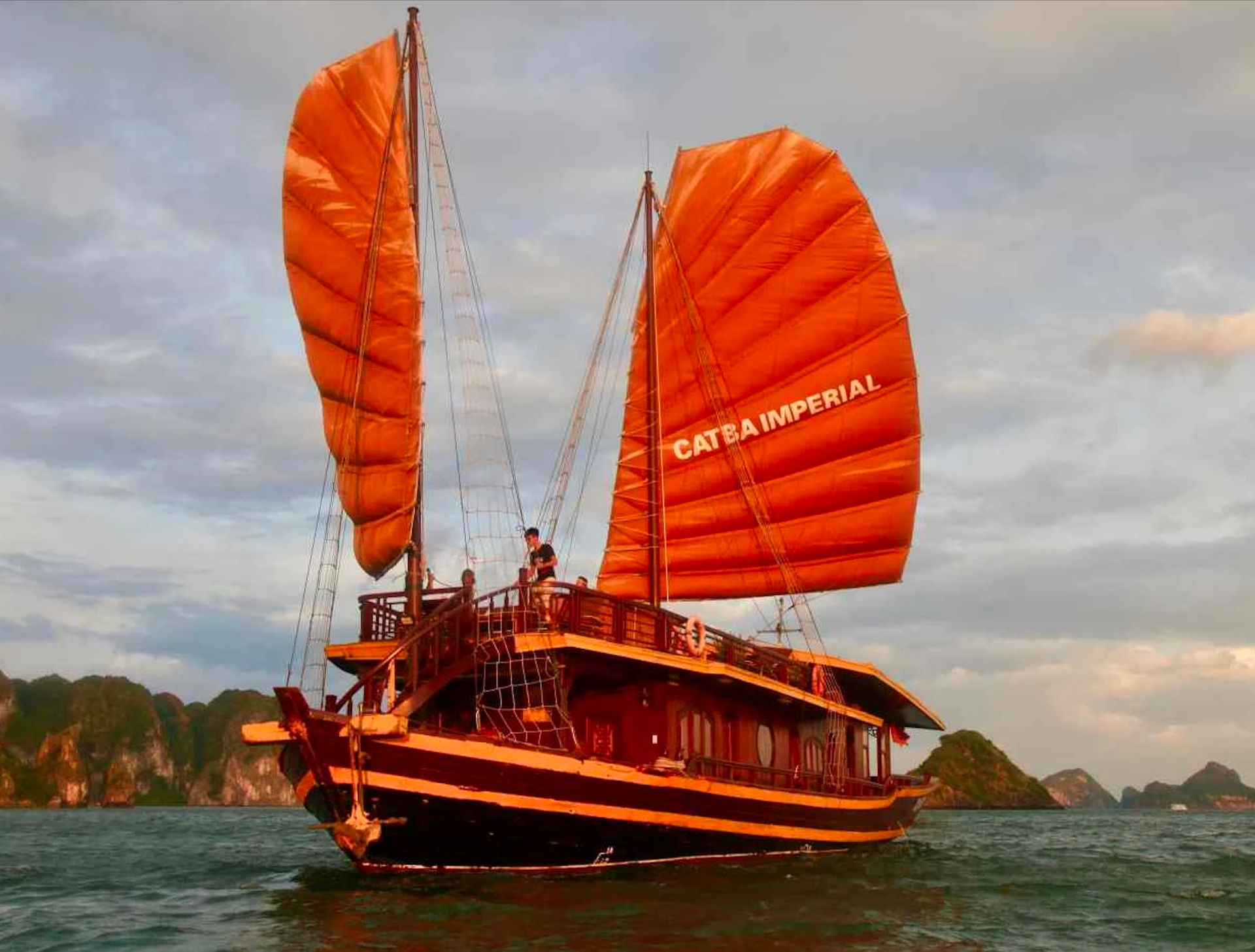
Sailboat
A sailboat is a boat powered by the wind using sails. Humans have been using sailboats since the beginning of civilization. The ancient Romans were the first to attach sails to rowboats to combine both human and wind power.
Nowadays, sailing is used all over the world. In western countries such as America, Australia, New Zealand and European countries, sailing is a very popular sport.
In Asia, Hong Kong (China), Singapore and Thailand also have many sailboats. In Vietnam, since the advent of diesel engines, the number of sailboats has been decreasing.
The Mesopotamian civilization was one of the first civilizations to develop. They were the ones who invented the wheel, the wedge, and the sailboat. The sailboats were most important to them because transportation was essential. Around 5,000 years ago, the Mesopotamians began using sailboats. Since Mesopotamia was located between two famous rivers, the Euphrates and the Tigris, they needed to transport water for travel and trade. A civilization thrives on trade and Mesopotamia was no exception. They wanted to establish trade relations with neighboring cities and other countries.
These were the days before roads were built which made the transportation of goods by land very busy and difficult. Therefore, they had to find new ways of transportation. This led to the development of water transportation, and the first boats were invented.
Boats carried people and goods downstream and then upstream. Sailing ships helped the Mesopotamians greatly in their trade. The sailing ships of Mesopotamia helped them establish trade relationships with other cities and countries, making them one of the most famous civilizations of their time.
The Egyptians around 3,500 BC were already using papyrus or linen sails on their ships. Thanks to sailing, ancient peoples could travel to new lands.
Over the centuries, the Egyptians and Greeks built a significant maritime economy in the Mediterranean. Large sailing ships ventured south into the Red Sea and the Atlantic Ocean. Large sailing expeditions into West Africa and northern Europe further expanded the limits of the known world.
Source: https://daidoanket.vn/tu-bao-gio-vay-ky-17-10283235.html








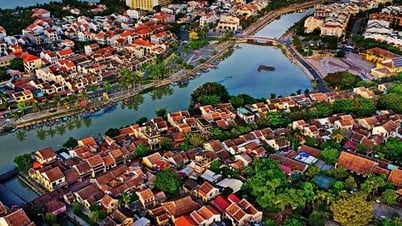

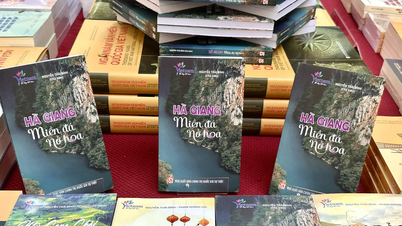











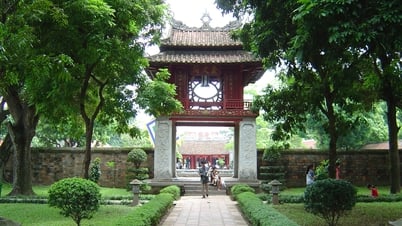

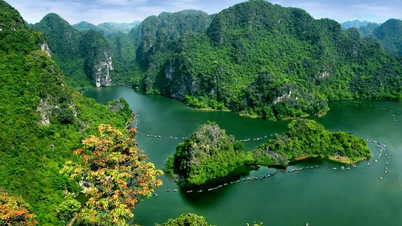

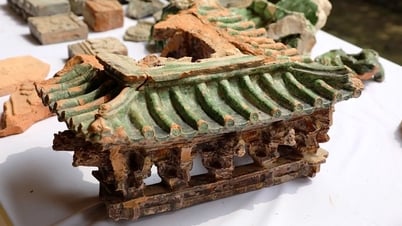





















































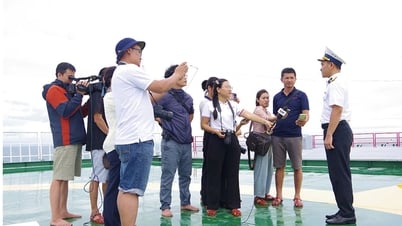



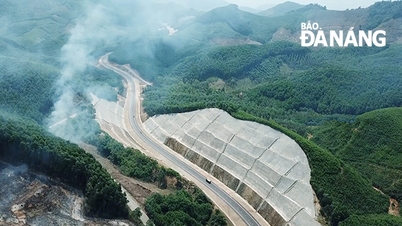



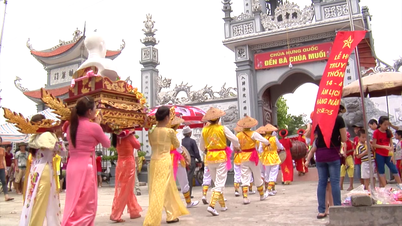














Comment (0)